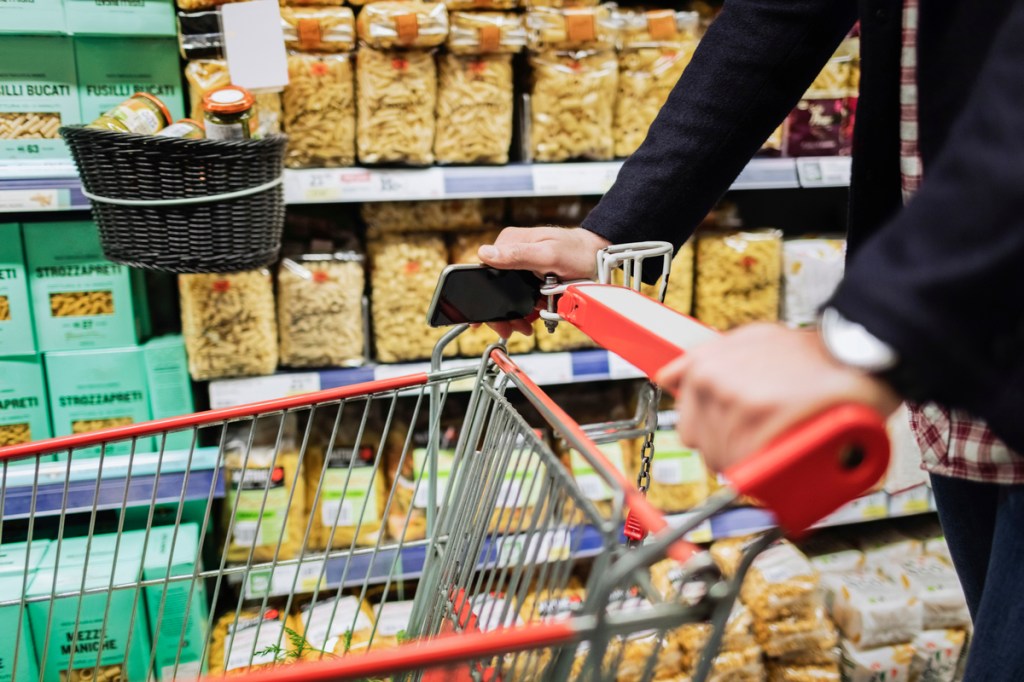Grocery is a unique industry. Its customers aren’t browsers, they’re shopping for everyday basics, rather than fashion or luxury items, and in most cases are already very familiar with the items in their basket. The added value in online grocery shopping lies in savings -time and money- and in convenience. Covid-19 and concerns for personal safety boosted online Grocery to new heights, offering great opportunity while presenting new challenges: growing pains. No matter what stage online grocers reached in digitalization, 2020 required speeding up the process and improving anything and everything, from supply chains to cybersecurity, but a major pain point for most seems to be omni-channel personalization. In this blog, we’ll explore how personalization is often done, and how it should be done.
Deadly Cycle
While not unique to grocery, personalization within this industry is extra challenging. The industry as a whole understands the importance of customer-centric marketing but often misses the mark by executing product-focused marketing instead of a truly customer-focused marketing aimed at personalized customer omni-channel journey. As seen below, putting product first creates a deadly cycle.

Product-focused marketing, looking to maximize sales of a specific product by targeting customers that are likely to accept the product offer, may create short-term increase in sales, but that’s about its only advantage. Long term, not being focused on the customer’s evolving needs, offers low relevance and value to customers, which causes them to disengage, and look for better experience and value elsewhere. This, in turn, leads merchandisers to lose interest, and suppliers to decrease their investment. This is crucial because the annual profit in grocery is 2-4 percent. Suppliers often fund a large portion of the coupons and offers, and without this funding, retailers are no longer able to offer great discounts to shoppers.
The Circle of Life
The recommended approach to personalization in e-grocery is setting long term goals, which go beyond enlarging basket size for a short-term increase in product sales. It starts with looking into existing data, continues with building a set of offers that addresses the customers’ needs, and ends up with offers allocation in a way that will move each customer to visit more often and buy in more categories (see our blogs about basket diversity). This approach gets a new cycle in motion, as demonstrated below.
Focusing on the customer offers high relevance and value, which leads customers to engage, merchandising to support, and suppliers to increase their investment. The suppliers will increase their investment because engaged customers would, by definition, buy more of their products. Customer-centric marketing can help kill two birds with one stone: increase customer life-time value for the retailer and increase product sales for the suppliers.
Personalizing the online shopping experience in online grocery now goes beyond coupons and promotions, which speaks to the experience and time-saving advantage of online shopping. It now includes speed and convenience: purchase reminders, shopping lists, and personal recommendations are just a few examples of taking the nature of the digital channel into account in order to create a customer-friendly, convenient experience, see other blog extending on this.
Automation Sensation
New times, new habits, and new channels call for a new way of doing things in order to move the needle with personalization at scale.
Scalability is critical for customer-focused personalization in order to be able to process offers, across a wide range of categories and products, to millions of customers, allocating the offers at a high-frequency level, and serving those offers in real-time in the context of the customer shopping journey.
We, therefore, predict that leading retailers will migrate from personalization tools and methods which require intensive manual intervention and hence are limited in scale. Many times, this manual intervention leads retailers to limit the number of offers and even compromising on their personalization outreach to a subset of their customer case, just to keep the process manageable.
In short: retailers will seek out automation. Automating personalization enables retailers to scale their communication with their customers across multiple channels with AI-driven intelligence which leads to an increase in engagement. As we can see below, it puts the needs of EVERY customer first, with long-term goals like growing the customer by finding the right offers, at the right time and providing a consistent experience across all channels.

Win-Win
The complexity and narrow margin of profit in grocery make moving the needle very challenging, but all the more necessary, in order to maximize profit within those limits. As we’ve seen, focusing on product may yield a short-term increase in product sales, but long term, this method falls short of the potential. Focusing on the customer’s needs and automating a personal customer experience is the key to increasing lifetime value, rather than basket size, and leads to customer loyalty. Satisfied customers come back. Show them the way by addressing their needs and preferences and creating a customer experience they’ll love.




